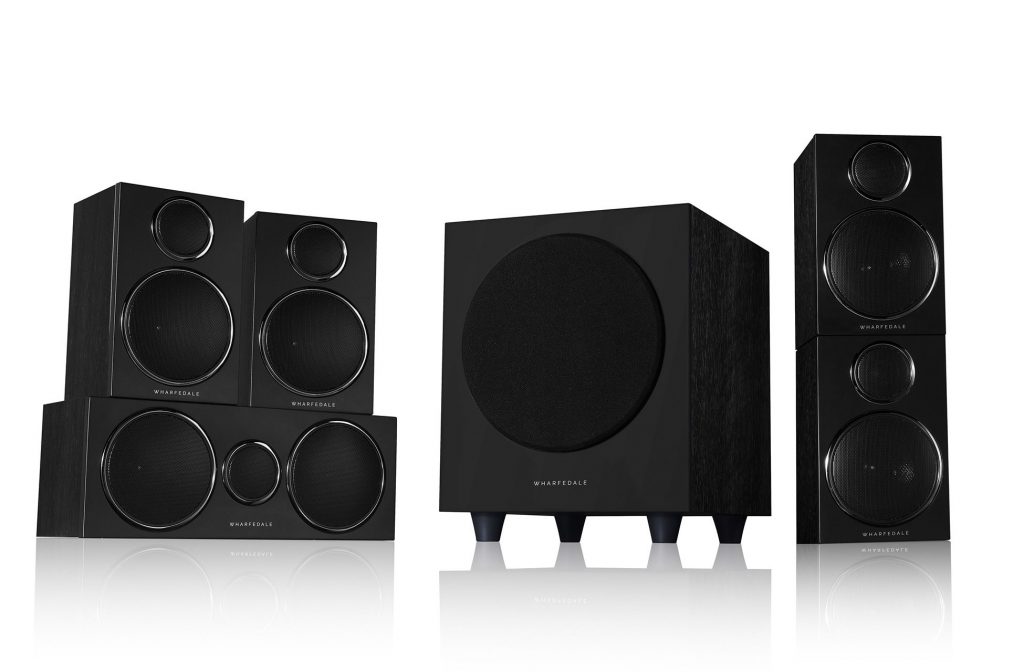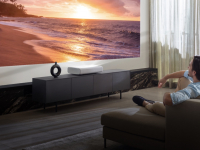We’ll be the first to admit that there is a lot of confusing jargon when it comes to home cinema systems. There is also a dizzying amount of new products and technology hitting the market all the time, and it’s very easy to get confused amidst the flurry. Fear not though, because the general concept of surround sound is very easy to grasp, and this quick guide will help you to better understand how buying a 5.1 speaker system can bring the cinema experience into your home.
Traditionally, televisions deliver sound in stereo, with a dedicated left and right channel, just like most radios and hi-fis. This is also how the first movies featuring sound were presented as well. This format is fine for music and broadcast radio, but it has some downsides. As there is so much sound “information” in modern TV programmes and movies, the sound can become cluttered. Dialogue, score and sound FX are all competing for space in those two channels, which is a big part of why speech can be hard to hear. This is further impacted by the fact that most modern televisions have very small speakers, which results in a sound that is muddled, tinny and hard to hear.
In 1976, Dolby Labs introduced the 5.1 (“five point one”) surround sound system for cinemas. The name comes from the five speakers that surround the viewer, with “point one” being the subwoofer (more on that shortly).

This is a typical set up for a 5.1 surround sound speaker system.
As mentioned, there are five main speakers in a surround system. First is what’s called a centre speaker. This speaker handles only the dialogue of the film and points directly at the viewer. Following that is a speaker to both the left and the right of the viewer. These speakers are used to create stereo sound for music and other sound effects in the film.
The next two speakers are called “surround speakers” and they serve an important role. These speakers are placed behind the viewer, to the left and right, and are the real key to the immersive feeling of being in the film. These speakers primarily serve to deliver ambience and sound effects that come from behind/beside the viewer, basically allowing them to hear in ‘3D’, just like in real life.
The final speaker in the system is the “point one”, also known as the subwoofer. This speaker serves one dedicated purpose, which is handling all of the low-end bass and sound FX. If you’ve ever wondered why your theatre seat rumbles when there’s a big explosion on the screen, you have the subwoofer to thank for it!
While initially designed for the theatre, this exact same arrangement is what makes up a 5.1 surround sound system for home use too. Using an AV receiver with 5.1 capabilities allows you to connect up speakers just how we’ve outlined above, and once you have them positioned for your listening space you’ll be able to experience the thrill of the cinema right in your living room. What’s more, most DVDs and Blu-Rays will automatically recognise your system so there’s no need to fiddle with audio settings.
We have a wide range of 5.1 systems that can fit any space and any budget, and our in-store staff have all the knowledge to help you find your perfect set-up. We hope this guide has been helpful, but if you have any further questions or need more advice, please call your local Richer Sounds store today and we will be more than happy to help.
Click to take a look at our full 5.1 speaker systems. (system shown in top image is the Wharfedale DX-3 HCP speaker set)






